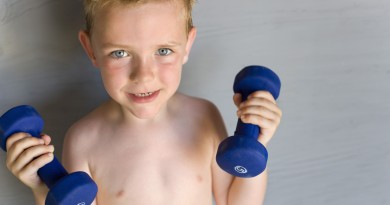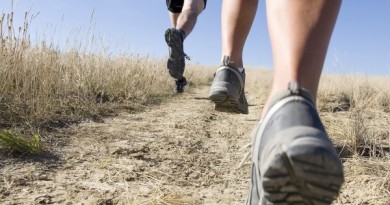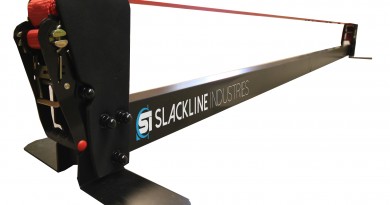Your Guide to Knee Pain
This handy chart makes it easy to diagnose and treat your knee pain so you can get back in the saddle.
| CAUSE OF KNEE PAIN | RISK FACTORS | TREATMENT | |
| ANTERIOR | · Increased pressure across the knee cap joint, which can lead to cartilage damage over time.
· Malalignment/maltracking of the knee cap joint which leads to uneven distribution of forces across the joint.
· Patella tendinitis/tendinopathy- tenderness, swelling directly over the patellar tendon.
|
· Hill climbing, riding in windy conditions, riding in high gears. Rapidly increasing mileage or intensity.
· Cadence too slow. · Inflexible hamstrings and quadriceps. · Flat feet. · Seat too low or too far forward. · Cranks too long. · Hard sprinting.
|
· Restrict the intensity of rides and the stick to relatively flat terrain.
· Ride with low resistance and cadence of around 90 rpms. · Strengthen quad and hip abductors (mainly gluteus medius and external rotators). An eccentric quad strength program can be helpful for treating patellar tendinopathy. Avoid repetitive, deep squats and stair training. · Hamstring, quad, calf stretches. · Light bracing, taping. · Use footbeds to correct flat feet. · Raise the seat. · Change cleat position. · For chronic patellar tendinitis/tendinopathy advanced treatment options include percutaneous needle tenotomy (PNT) and platelet rich plasma (PRP) injections.
|
| LATERAL | · Iliotibial Band Syndrome. The cause is not entirely known. It may be related to friction and irritation of the IT band when it rubs over the outside of the thigh bone as the knee bends and straightend. Or it may be related to compression of fatty tissue beneath the IT band or chronic inflammation. Point tenderness is usually on the outside of the knee.
· Biceps femoris tendinopathy. Common in professional cyclists. Causes pain on the outside and back of the knee. You can feel the tendon like a bowstring when your knee is bent.
|
· Hill climbing, riding in windy conditions, riding in high gears. Rapidly increasing mileage or intensity, time trialing.
· Toes pointing inward. · No pedal float or worn cleats. · Seat too high. · Narrow bike stance, · Riding a fixed gear bike. |
· Altering cleat position, widen stance
· Lowering the seat and getting in a more upright position by raising the handlebars and/or moving the seat forward. · Footbed shims can be used if one leg is longer than the other. · IT band stretches, foam roller, massage therapy. · Rarely, steroid injections. · Even more rarely, surgery for ITB syndrome.
|
| MEDIAL | · Pes Anserine Bursitis (where the hamstring tendons attach on the inside of the knee).
· Medial Plica Syndrome. The medial plica, a thickening of the knee joint capsule, is a remnant from early human development that is present in 30% of the population. With overuse the plica can become more thickened and painful. It can lead to pain on the inside of the knee and a popping sensation.
· Medial meniscus tear: pain on joint line, swelling, painful clicking.
|
· Excess pedal float or no float · Repetitive twisting out of pedals · Seat height (plica—too low, pes anserine bursitis—too high).
|
· Hamstring stretching and occasionally steroid injections. · Adjust seat height · Rest, anti-inflammatory medicine · Very rarely, surgery to remove the plica band · Surgery for a meniscus tear is quite commonly performed if non-surgical treatment fails
|




